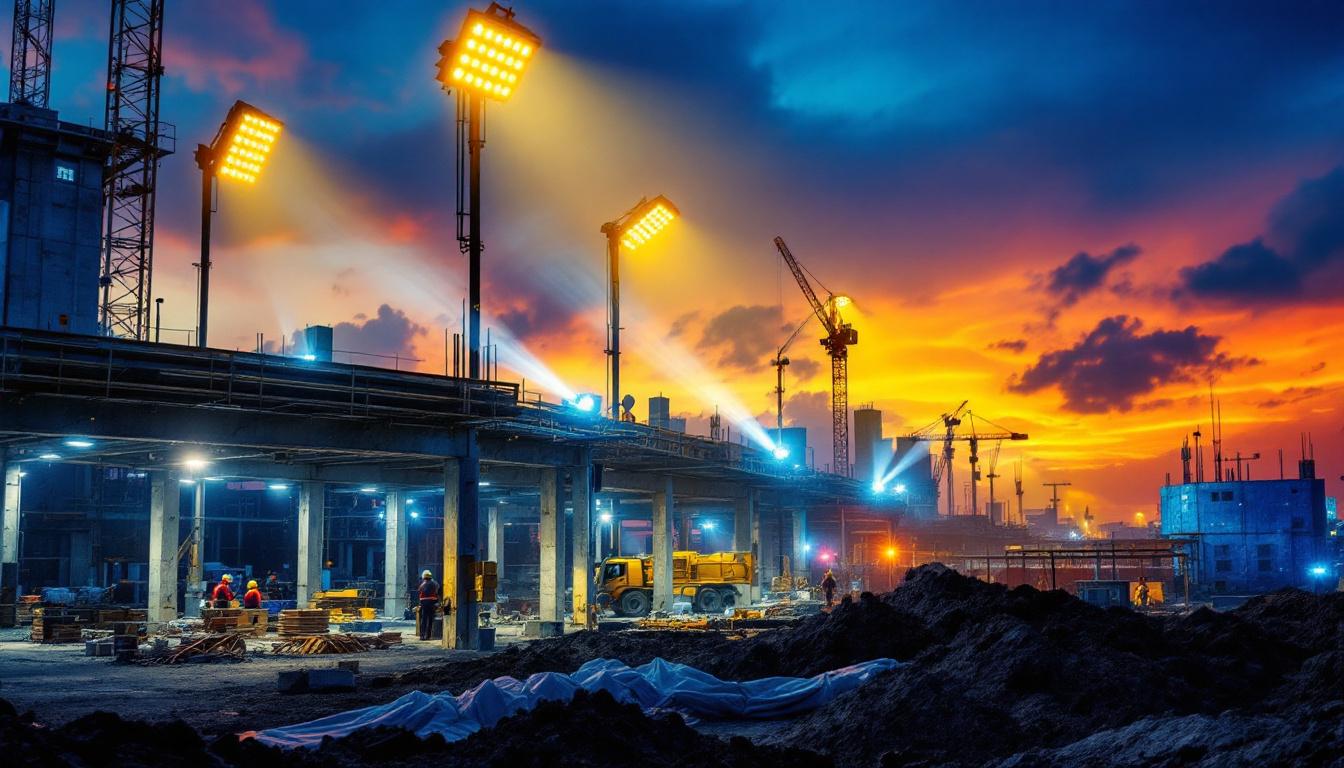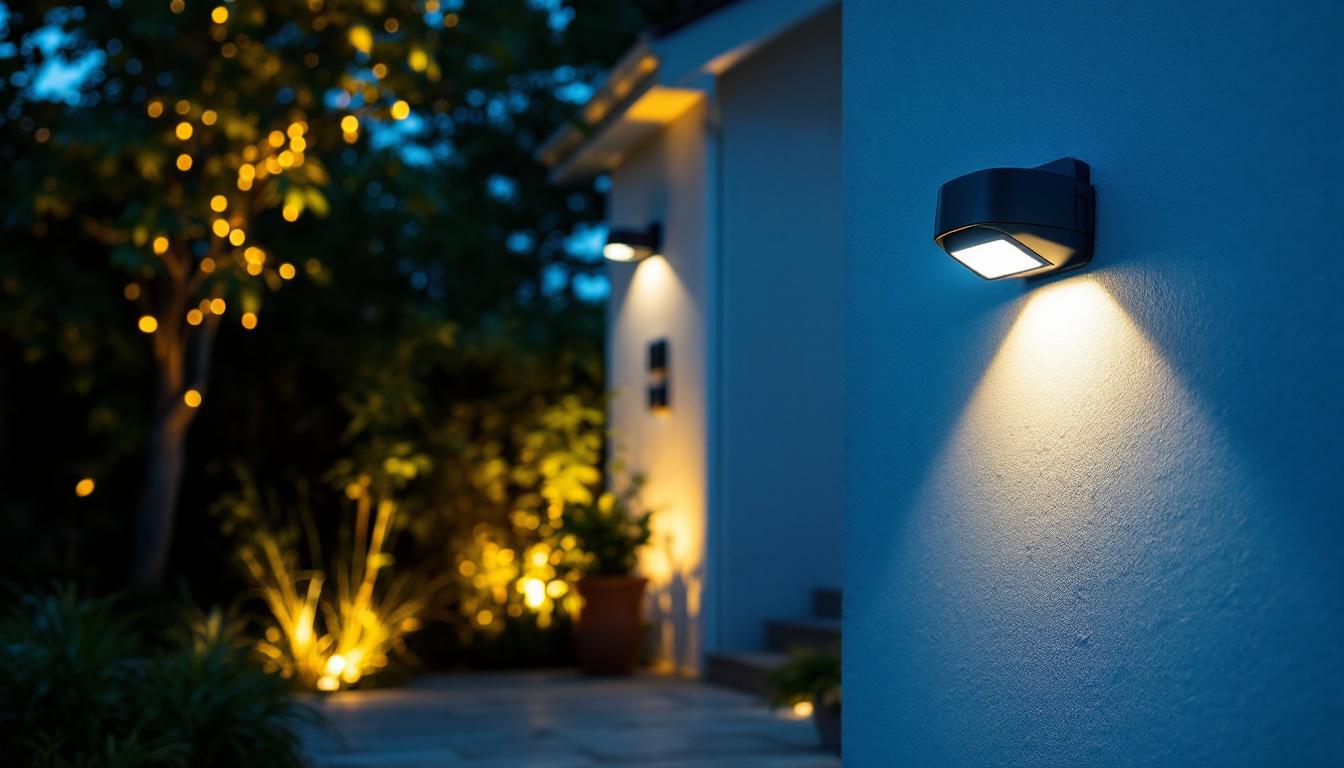
In the ever-evolving world of lighting technology, the debate between LED and fluorescent lighting continues to be a hot topic among lighting contractors. With advancements in energy efficiency, longevity, and overall performance, understanding the differences between these two types of lighting is crucial for professionals in the field. This article delves into the advantages and disadvantages of both LED and fluorescent lighting, providing valuable insights for lighting contractors looking to make informed decisions for their projects.
Before diving into the advantages and disadvantages, it’s important to grasp the fundamental differences between LED and fluorescent lighting technologies. Each type of lighting operates on distinct principles, which influence their performance and application.
Light Emitting Diodes (LEDs) are semiconductor devices that emit light when an electric current passes through them. Unlike traditional bulbs, LEDs do not rely on gas or filaments to produce light, which contributes to their efficiency and longevity. They are available in various colors and can be easily dimmed, making them versatile for different applications. In addition to their energy efficiency, LEDs have a significantly longer lifespan compared to incandescent and fluorescent bulbs, often lasting up to 25,000 hours or more. This longevity not only reduces the frequency of replacements but also minimizes waste, making LEDs a more environmentally friendly option.
Fluorescent lighting, on the other hand, works by passing an electric current through a gas, which produces ultraviolet light. This light then excites a phosphor coating on the inside of the bulb, resulting in visible light. While fluorescent lights have been a staple in commercial and residential settings for decades, they are gradually being overshadowed by the benefits of LED technology. Fluorescent bulbs are typically less energy-efficient than LEDs and have a shorter lifespan, averaging around 7,000 to 15,000 hours. Additionally, they contain small amounts of mercury, which necessitates careful disposal to avoid environmental contamination. Despite these drawbacks, fluorescent lighting is still favored in certain applications, such as in large office spaces and industrial settings, due to its ability to produce a broad spectrum of light and its cost-effectiveness in bulk installations.
LED lighting has gained immense popularity over the years, and for good reason. Its numerous advantages make it an appealing choice for both contractors and clients.
One of the most significant benefits of LED lighting is its energy efficiency. LEDs consume significantly less power than fluorescent bulbs, often using up to 80% less energy. This translates to lower electricity bills for clients and a reduced carbon footprint, aligning with the growing emphasis on sustainability in the construction and lighting industries. Moreover, the reduced energy consumption of LEDs contributes to less strain on power grids, which is particularly beneficial during peak usage times. As more individuals and businesses adopt LED technology, the cumulative effect can lead to substantial energy savings on a larger scale, promoting a more sustainable future.
LED lights boast an impressive lifespan, often lasting 25,000 to 50,000 hours or more. In contrast, fluorescent bulbs typically last around 7,000 to 15,000 hours. This longevity means fewer replacements and reduced maintenance costs, making LED lighting a more cost-effective solution in the long run. Additionally, LEDs are more durable and resistant to breakage, as they do not contain fragile components like glass tubes. This resilience makes them ideal for a variety of environments, including outdoor settings where exposure to the elements can be a concern. Furthermore, the lower frequency of replacements not only saves money but also reduces waste, further enhancing their eco-friendly appeal.
The quality of light produced by LEDs is another compelling advantage. LEDs provide bright, consistent illumination without flickering, which can be a common issue with fluorescent lights. Furthermore, they offer a wide range of color temperatures, allowing contractors to create the desired ambiance for various spaces, from warm and inviting to cool and energizing. The ability to adjust color temperatures also plays a crucial role in enhancing productivity in workspaces; studies have shown that the right lighting can significantly improve focus and morale. Additionally, many LED fixtures now come with dimming capabilities, giving users even more control over their lighting environment and enabling them to tailor the light to their specific needs throughout the day.
While LED lighting offers numerous benefits, it is essential to consider its disadvantages as well. Understanding these drawbacks can help contractors make informed decisions when selecting lighting solutions for their projects.
The initial cost of LED fixtures can be higher than that of fluorescent options. Although the long-term savings on energy and maintenance can offset this upfront investment, some clients may be hesitant to commit to the higher price point. Lighting contractors must be prepared to educate clients on the long-term benefits of LEDs to justify the initial expenditure. Additionally, it is worth noting that the price of LED technology has been steadily decreasing over the years as production methods improve and demand increases. This trend suggests that while the initial costs may still be a barrier for some, the gap is closing, making LEDs a more accessible option for various budgets.
LEDs are sensitive to heat and can be adversely affected if not properly ventilated. Excessive heat can shorten their lifespan and reduce efficiency. Therefore, contractors must ensure that LED fixtures are installed in environments where they can dissipate heat effectively, especially in enclosed spaces. Furthermore, the design of the fixture plays a crucial role in heat management; poorly designed fixtures can trap heat and lead to premature failure. This means that contractors should not only consider the placement of the lights but also the quality and design of the fixtures themselves, opting for those that have built-in heat sinks or other thermal management features to enhance performance and longevity.
Despite the rise of LED technology, fluorescent lighting still has its place in the market. Understanding its advantages can help contractors make informed decisions based on specific project requirements.
Fluorescent lights typically come with a lower initial price tag compared to LEDs. For projects with tight budgets, this can be a significant advantage. Clients may prefer to opt for fluorescent lighting if they are looking for a more cost-effective solution upfront, especially in large-scale installations.
Fluorescent lighting is widely available and familiar to most contractors and clients. This familiarity can simplify the selection process and installation, as many contractors have extensive experience working with fluorescent systems. Additionally, replacement bulbs are often readily available, making maintenance straightforward.
While LEDs have made significant strides in color rendering, fluorescent lights can still offer good color accuracy for certain applications. This can be particularly beneficial in environments where color perception is critical, such as art studios or retail spaces showcasing products.
Despite their advantages, fluorescent lights come with several drawbacks that can impact their suitability for various projects.
Fluorescent lights are less energy-efficient compared to LEDs, consuming more electricity to produce the same amount of light. This inefficiency can lead to higher energy bills over time, making them a less attractive option for clients focused on sustainability and cost savings.
The lifespan of fluorescent bulbs is significantly shorter than that of LEDs. This means more frequent replacements, which can lead to increased maintenance costs and disruptions, especially in commercial settings where lighting is crucial for operations.
Fluorescent bulbs contain small amounts of mercury, which poses environmental hazards if not disposed of properly. This concern has led to stricter regulations regarding the disposal of fluorescent lighting, making it a less appealing option for environmentally conscious clients.
When it comes to choosing between LED and fluorescent lighting, several factors should be considered. Lighting contractors must evaluate the specific needs of each project, including budget, application, and client preferences.
Understanding the unique requirements of each client is critical. Some clients may prioritize energy efficiency and long-term savings, making LED lighting the better choice. Others may have budget constraints that make fluorescent lighting more appealing initially. By assessing client needs and expectations, contractors can provide tailored recommendations that align with their goals.
Different projects may require different lighting solutions. For example, a retail space may benefit from the vibrant and adjustable lighting of LEDs, while a warehouse might find fluorescent lights sufficient for general illumination. Evaluating the specific requirements of each project can help contractors determine the most suitable lighting option.
The lighting industry is continually evolving, with new technologies and trends emerging regularly. Staying informed about the latest advancements in LED and fluorescent lighting can help contractors make educated decisions and provide clients with the best possible solutions. Engaging in professional development opportunities, attending industry conferences, and networking with peers can enhance knowledge and expertise in this area.
The debate between LED and fluorescent lighting is far from over, but understanding the advantages and disadvantages of each can empower lighting contractors to make informed decisions. While LED lighting offers superior energy efficiency, longevity, and quality of light, fluorescent lighting still has its place in the market, particularly for budget-conscious projects. By assessing client needs, evaluating project requirements, and staying informed about industry trends, lighting contractors can provide optimal lighting solutions that meet the diverse needs of their clients.
Ultimately, the choice between LED and fluorescent lighting will depend on a variety of factors. By embracing both technologies and understanding their respective strengths and weaknesses, lighting contractors can position themselves as knowledgeable professionals in a competitive industry, ready to deliver the best lighting solutions for every project.
Ready to elevate your lighting game? Look no further than LumenWholesale for a comprehensive range of LED and fluorescent lighting solutions that cater to your every need. Our commitment to quality and affordability ensures you have access to the best spec-grade lighting products at prices that can’t be beaten. Say goodbye to middleman markups and hello to free shipping on bulk orders, making LumenWholesale your go-to for high-performance lighting without the hassle. Don’t compromise on quality or cost—choose Wholesale Lighting at the Best Value and light up your projects with confidence.

Discover how work flood lights are revolutionizing the lighting industry with their unparalleled brightness, energy efficiency, and versatility.

Discover the evolution of LED manufacturing and its transformative impact on the lighting industry.

Discover the must-know essentials for lighting contractors in our comprehensive guide on lights for fans.

Discover essential information on outside motion detector lights tailored for lighting contractors.